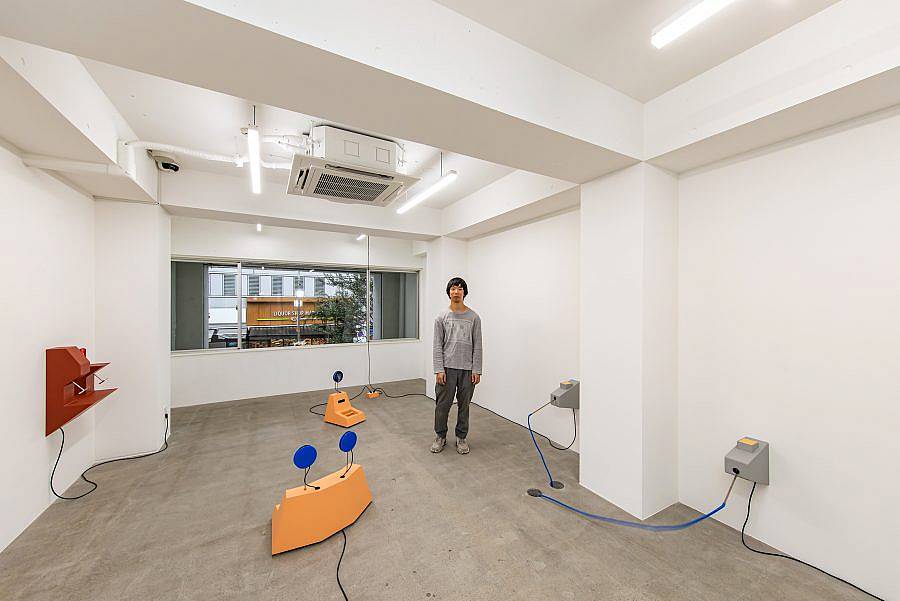Tell us a bit about yourself and your art practice.
I was born and raised in Tokyo, Japan. I majored in media art at university, and then went on to earn a master’s degree in sculpture at the Kyoto City University of Arts. Since then, I have been based in Kyoto. I mainly use kinetic mechanisms to create installations that combine video, sound, and objects. These works are intended to physically examine the cognitive aspects of people, deal with existing systems and issues of structure and abstraction, and reconstruct the historical aspects of technology and machines. In addition, I have a unit called “Shojiki” with artist Mitsuru Tokisato, where we do sound performances.
How did you begin your artistic career?
Originally, I majored in architecture at university. However, after becoming interested in soundscape design, I became invested in contemporary music and sound art and wanted to create my own work. So I moved to a department that taught media art and began creating sound installations.
Can you talk about the forms and lines you create with your sculptures?
My sculptures tend to have a repetitive wave-like mountain shape or rounded corners, sometimes they are like products These are “unnamed objects” that do not refer to any specific motif. They are objects that appear to be designed for some purpose, but in reality, do not have a function like a product. On the other hand, they do play a role in conveying the idea that they are “moving” in a work of art that keeps moving. In the series, like “Moru to Noru Sou“, “Pass for low,” the objects are filmed in real-time with a video camera. Here, the objects, the camera, and the monitor are moving. The form of the object is a repetition of the same shape or a form that has a kind of “flow” to paradoxically convey what direction it is moving. It can also be said that the object is a primitive 3D-Computer-graphic (3DCG) object that connects the video dimension with the real.
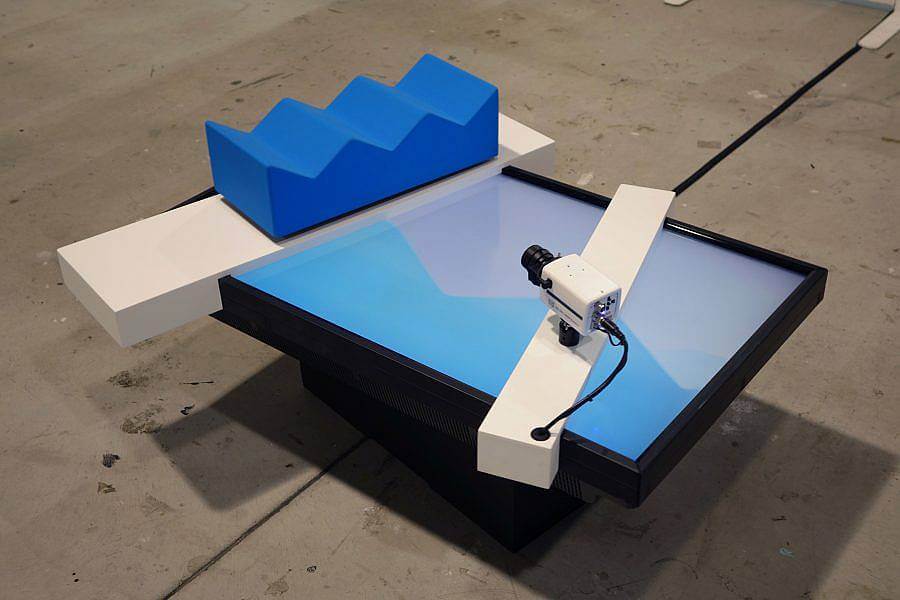
Can you talk about your use of color in your works?
I don’t really believe in my own sense of color. The colors used in my work are selected from a small number of color variations of a particular product. In most cases, I do not mix the colors, but use them in their original form. I consider my work to be an installation of multiple pieces rather than a single sculpture, and as a result, it looks colorful. However, rather than deciding the overall color balance in advance, once the color of one piece is decided, the color of the next piece is decided by the contrast of the two, and so on. It may be similar to or mimic the process for choosing colors from the default color palette of an illustrator.
Walk us through your recent installation at the Kyoto Art Center.
This work is an installation consisting of a three-part narration, “Useless Machines,” “Domestic Animals and Machines,” and “Two Mechanisms,” as well as kinetic objects, monitors, and 3DCG images that move back and forth between the walls, and text. In the “Useless Machine” section, the narrator uses the function and purpose of the machine as a cue to talk about the discrepancy between the practical “usefulness” of the machine and its apparent usefulness and then leaps from discussing the machine as a “useful object” to talking about working animals such as cows. In the section on “Domestic Animals and Machines”, stereotyped behavior, in which animals repeat the same movements in a farmed environment, is discussed in conjunction with mechanical representations. In the “Two Mechanisms” section, the narrative shifts to the “mind of matter” while discussing the differences and twists between Descartes’ “Animal machine” and La Mettrie’s “Man a Machine”. Each part is loosely related to each other, and the matters dealt with in each part are twisted, with multiple different interpretations in parallel. The work aims to create a “discrete narrative” in the form of an installation, where multiple stories can be discerned from the relationship between machines and animals/humans, rather than one big story.
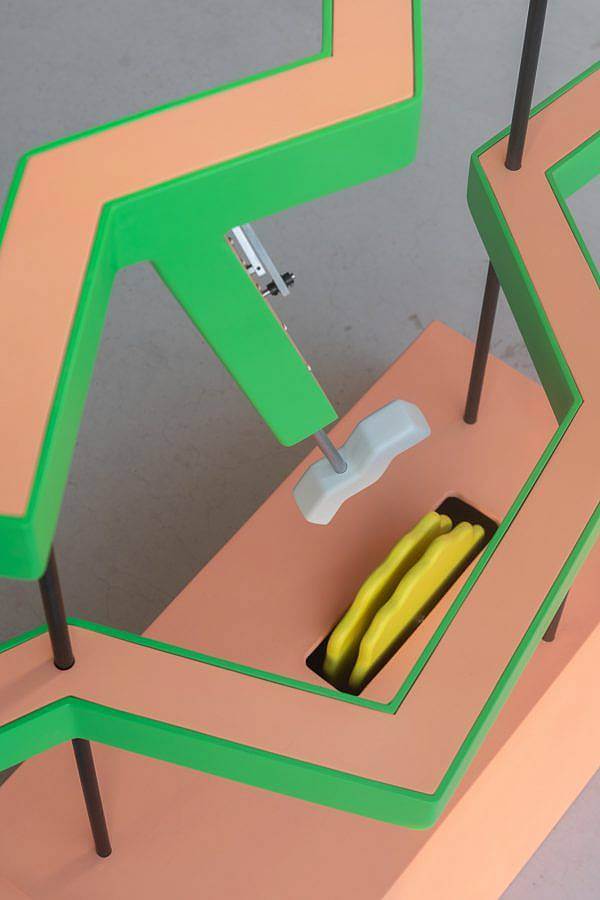
Can you talk about how you mean to re-imagine known systems through your work?
This may be a bit different from the known system, but in the series of works called “Shoal N“, I created an abstract device based on the Ainu, an indigenous people in Japan and Russia. In this piece, I worked with folk tales that attempted to explain the manifestation of the world in a bricolage way from things that Ainu people know–such as “the fox turned orange because it ran into a salmon egg”.
What I am doing may be similar to this. It’s not an abstraction where I extract elements from a thing, but where a different system is reconstructed to fit the formative and technical constraints I already have. There is a connection that can be seen as a giant leap or fallacy. Just as the Ainu folktales themselves are a different way of looking at the world than the natural-scientific way of looking at reality, my work is also a way of looking at the structure of a world that could have been. Systems may seem like large, intractable laws, but I think they can be manipulated to some extent through my work.
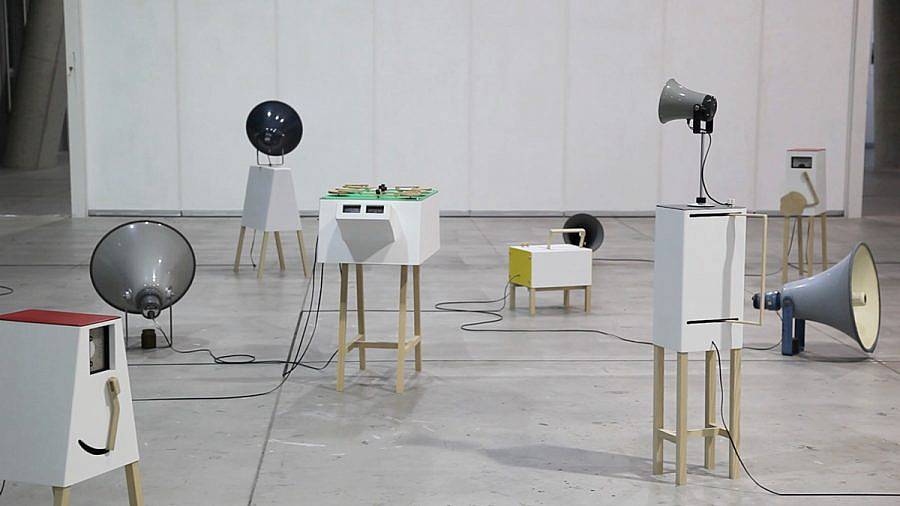
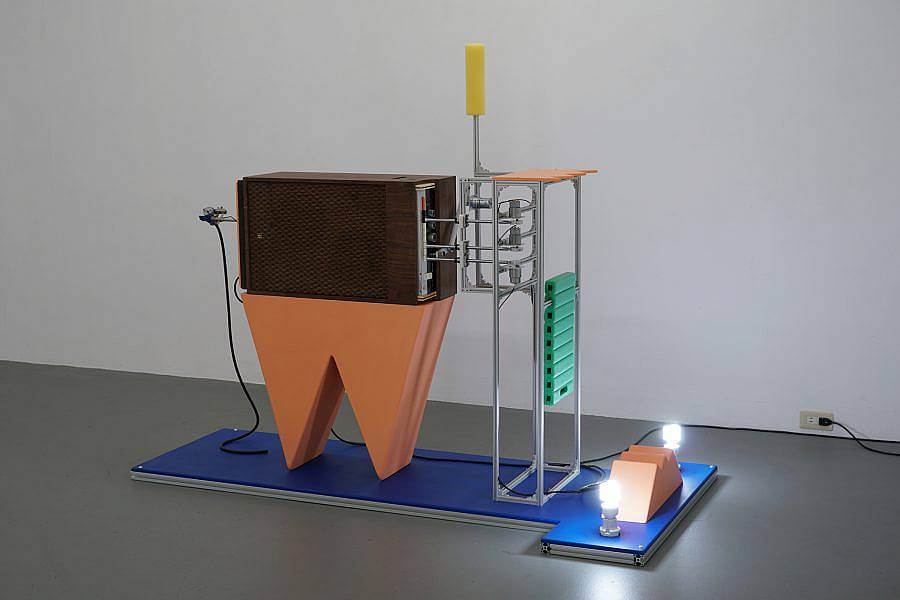
What role does potential or speculation play in your work?
Works such as “Short Trees are Short” and “Cycad, inordinate ordinary” refer to “transitional” events in the relationship between technology and expression in the history of music (e.g., Early electronic music, Automated musical instruments, Temporarily popular musical instruments). James P. Hogan’s science fiction novel, “Inherit the Stars”, uses archaeological traces of the unknown to build a narrative. I am influenced by this approach to science fiction. By detaching history from the apex of the present, rather than from a progressive historical perspective, I am able to speculate on a possible world that is different from the actual one. I refer to historical facts because they are not just the past, but they are good subjects for speculating about the possibility of a future that never came. I believe that such a perspective is one that can bring to light countless possibilities in the present.
What have you been reading?
Right now I’m reading the best collection of R. A. Lafferty, recently published in Japan.
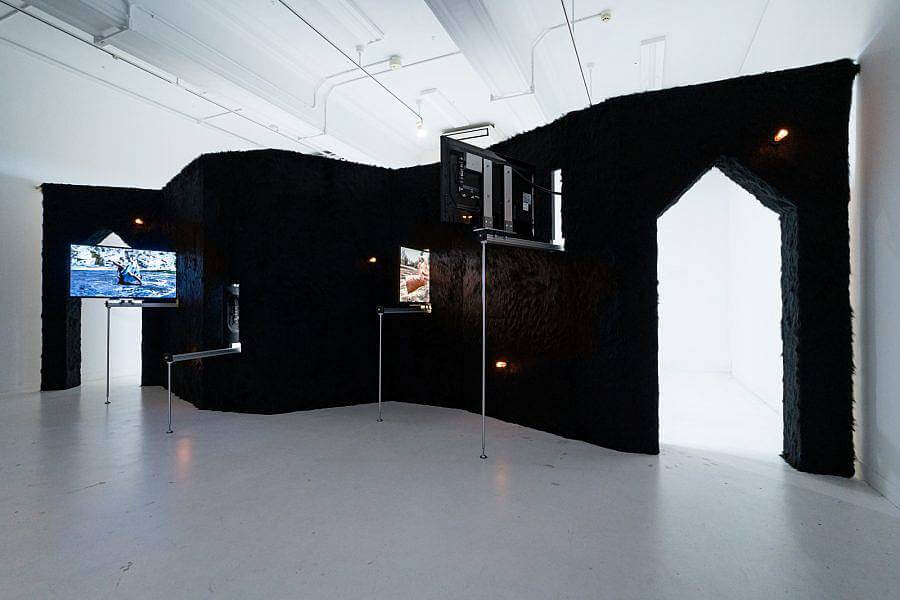
Matsumi.
How does living and working in Kyoto impact your practice?
Kyoto is a small city compared to Tokyo, but it has many art universities and a very large number of artists. Because Kyoto is a small city, I feel I have more opportunities to get involved with different people from various fields. As a result, I feel that I am not so bound by the methods and materials I use in my work. Since coming to Kyoto, I think I have had more opportunities to make my own food, and when the COVID-19 started to spread, my exhibitions and residencies were canceled, and I built a machine to make doner kebabs at home. It was difficult to cook the meat properly, using the common Japanese 100V (20A) electricity instead of gas, and a lot of care had to be taken to make a device that would touch the food. As a result, I was able to make a small kebab machine and cook the meat, but this is not necessarily a work of art. Nevertheless, I believe that opportunities like this, which have nothing to do with art, will influence my work in the future.
Any upcoming projects?
I am thinking of creating a continuation of the work I presented at the Kyoto Art Center, using motifs such as medieval animal trials and the history of zoos. I have plans to exhibit in Tokyo and Aichi next year. As for Shojiki, I am working on a project that is somewhere between installation and performance. I hope to have opportunities to present my work outside of Japan.
Interview composed and edited by Joan Roach.
